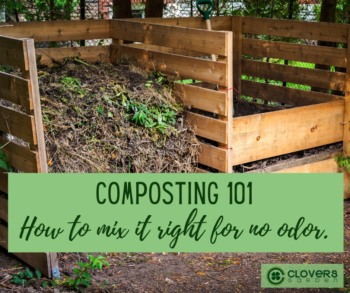(Browse our Tomato Collection Here)

Your hard work and patience are about to pay off and your tomato vines are loaded with big, plump tomatoes! Visions of BLTs, caprese salad (recipe here), and fresh salsa dance in your head and you just can’t wait to pick them. So how do you know when the right harvest time is?
Unlike other veggies (i.e. peppers or cukes), tomatoes do not improve when left on the vine too long. Even picking a day early is better than waiting for that perfect moment. After all this isn’t a grocery store . . . you have complete control over when you pick your precious tomatoes. Here’s a few tips to get it perfect.
- Tomatoes continue to ripen after picking (thank you Ethylene gas). Release of this gas is what turns the tomato from green to yellow, red, or orange. Store bought tomatoes are typically picked at the mature green stage and let to ripen in transit but this does result in some loss of flavor and texture.
 As your tomatoes ripen, watch the color. A pinkish blush will start on the bottom and work its way over the top of the fruit. Once fully red (or yellow, orange, or pink depending on variety) and very slightly soft to the touch, you can harvest. See below for a handy color chart from the USDA. Exception to this rule: Heirloom varieties should be picked before they reach the “full color” stage. Pick when the bottom of the fruit has fully changed but the stem end still has flecks of green and the fruit is slightly soft to the touch. Let ripen the rest of the way on your kitchen counter. A handy hint: fully ripe tomatoes will sink in water.
As your tomatoes ripen, watch the color. A pinkish blush will start on the bottom and work its way over the top of the fruit. Once fully red (or yellow, orange, or pink depending on variety) and very slightly soft to the touch, you can harvest. See below for a handy color chart from the USDA. Exception to this rule: Heirloom varieties should be picked before they reach the “full color” stage. Pick when the bottom of the fruit has fully changed but the stem end still has flecks of green and the fruit is slightly soft to the touch. Let ripen the rest of the way on your kitchen counter. A handy hint: fully ripe tomatoes will sink in water.- If you have tomatoes on the vine at the end of the season when a freeze is imminent, pick them all and store in a brown paper bag with a banana peel or two. The released ethylene gas will continue the ripening process.
 To pick without damaging the rest of the vine, gently grab the tomato with one hand and twist until the stalk breaks away from the plant. Do not pull straight up or out as this could dislodge the whole plant. If you’re growing indeterminate varieties (those that produce all season long), be careful not to knock off baby tomatoes or new blossoms.
To pick without damaging the rest of the vine, gently grab the tomato with one hand and twist until the stalk breaks away from the plant. Do not pull straight up or out as this could dislodge the whole plant. If you’re growing indeterminate varieties (those that produce all season long), be careful not to knock off baby tomatoes or new blossoms.- Gently wash and dry the fruit and store indoors and out of direct sunlight. Do not store tomatoes in the refrigerator!
Cooking hint: to easily remove the skin for making sauces or salsa, cut out the core and make a small X on the blossom end. Submerge in boiling water for about 30 seconds or until you see the skin start to split. Remove with a slotted spoon and submerge into ice water to stop the cooking. The skins will practically fall right off.





